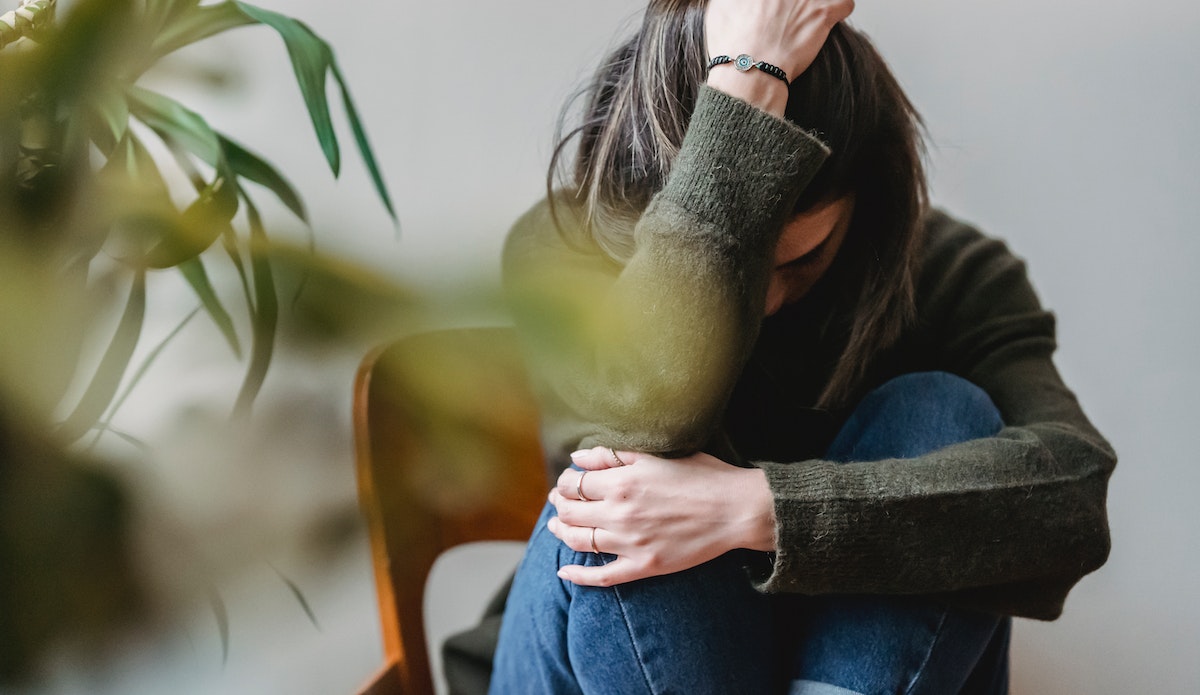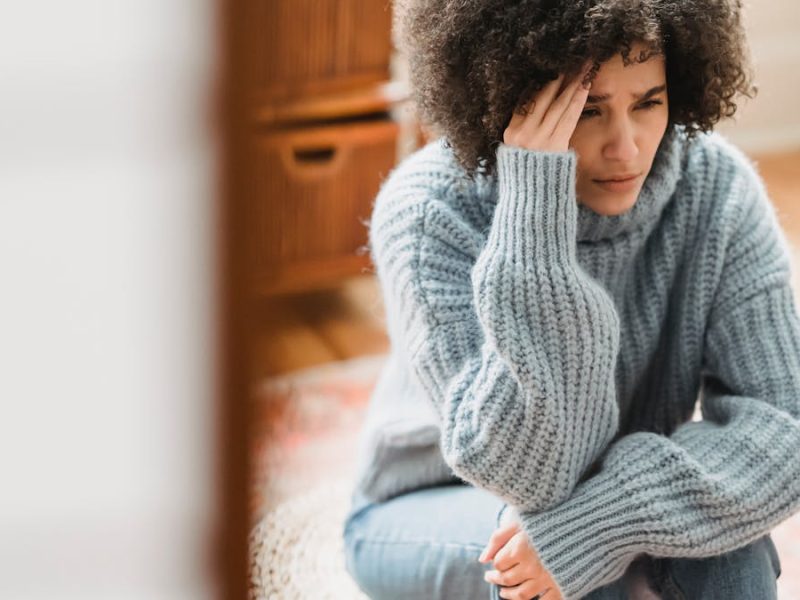People with anxiety often have difficulty understanding why they feel the way they do. After all, anxiety can be a confusing disorder.
To worsen matters, there are many variations of anxieties that people experience. And while this is true, they all share some common themes. Understanding these themes can help you identify if you’re struggling with an anxiety disorder and offer insight into how best to manage your symptoms.
Table of Contents
Generalized Anxiety Disorder
People with GAD tend to have an exaggerated sense of worry and believe that their stress is out of their control. They feel anxious about everyday situations and tend to view them as dangerous or uncontrollable, even if they’re not.
GAD is often accompanied by physical symptoms, such as restlessness, muscle tension, fatigue, headaches, gastrointestinal issues, and difficulty sleeping. These symptoms may make it difficult to complete daily tasks and form healthy relationships.
GAD can be especially difficult to treat because the fear of seeking help at a mental health clinic near me often accompanies the condition. People with GAD may feel embarrassed, ashamed or think that others will judge them for their symptoms.
Panic Disorder
People with panic disorder experience sudden and uncontrollable episodes of intense fear and discomfort, often accompanied by physical symptoms. These episodes are often referred to as “panic attacks.”
Episodes usually happen unexpectedly, but they can also be brought on by certain cues, such as being in a crowded place, being in a situation that causes anxiety, or getting overstimulated.
Because panic attacks are so unpredictable, they can be difficult to prevent and manage. They can negatively affect your life by causing you to avoid certain situations and making you feel isolated from others.
Obsessive-Compulsive Disorder
OCD is often misunderstood, but it is a real condition that can significantly impact your life. It is a type of anxiety disorder that causes people to feel extreme anxiety about some things and a compulsion to participate in certain rituals or behaviors to decrease their anxiety.
The need to take action can often make them feel anxious, and they will feel like they have to act on these thoughts in order to feel better. This condition can make it difficult for them to form healthy relationships, hold down a job, or complete daily tasks.
Social Anxiety
Social anxiety disorder is a type of anxiety that manifests as a fear of being embarrassed or judged by others. People with social anxiety tend to be overly critical of themselves and often worry about how others view them.
If you have social anxiety, you may fear interacting with others, give short and monosyllabic responses, or feel like you’re always saying the wrong thing.
Post-Traumatic Stress Disorder (PTSD)
Post-traumatic stress disorder (PTSD) is a type of anxiety disorder that develops after experiencing a traumatic event.
People with PTSD may experience flashbacks, nightmares, and other intrusive thoughts that make them feel like they’re re-experiencing the trauma. They may also avoid situations that remind them of the trauma for fear of feeling stressed or triggered.
PTSD can cause people to withdraw from social activities and isolate themselves from others.
This article will explore some of the most common types of anxieties that someone may experience before seeking treatment at Positive Reset Eatontown.
In Conclusion
Everyone has experienced some form of anxiety at some point in their lives. However, not all anxiety is a normal reaction to a stressful situation, and it is important to know when your anxiety is becoming unmanageable.
As debilitating a disorder as it is, it is also highly treatable. If you are experiencing any of these symptoms, you must seek help. With the right support from a mental health clinic near me, you can learn to manage your symptoms and lead a happier, healthier life.

Alex is fascinated with “understanding” people. It’s actually what drives everything he does. He believes in a thoughtful exploration of how you shape your thoughts, experience of the world.



